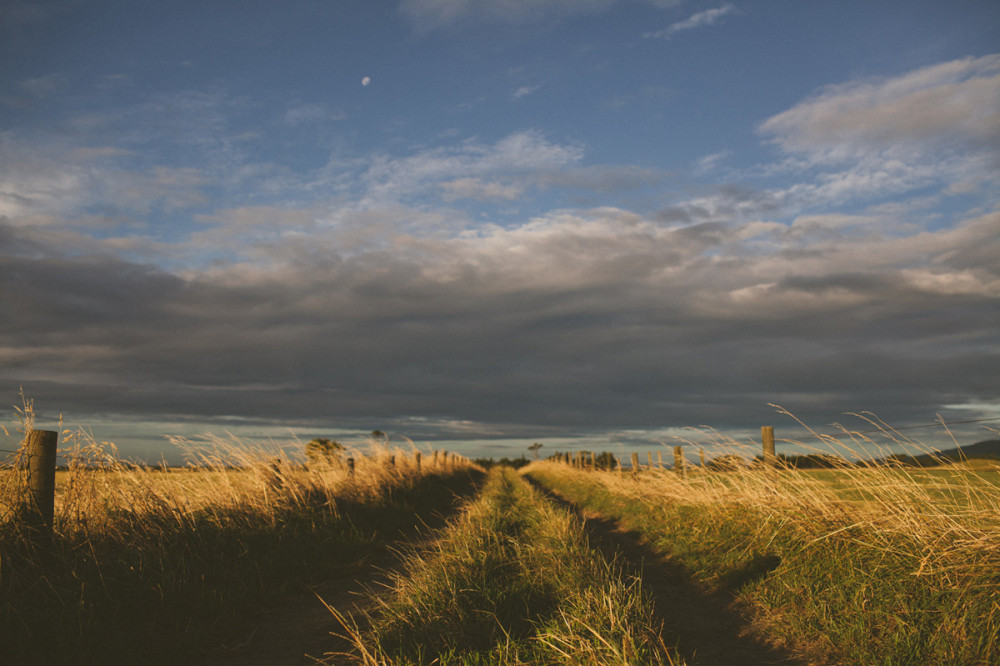The King of Cover Cropping
Author: Brian DeVore
An Indiana initiative has made the state a national leader in getting continuous living cover established on crop acres. Can it change the way farmers view soil?
Michael Werling is, literally, a card-carrying connoisseur of soil health.
“I call it, ‘My ticket to a farm tour,’ ” says the northeastern Indiana crop producer, showing off his business card. The words on the “ticket” leave little doubt what is in store for the lucky holder who chooses to redeem it. Headings at the top say, “My soil is not dirt” and, “My residue is not trash.” A third bold line of script across the middle reads, “For Healthier Soil and Cleaner Water Cover Crop Your Assets and ‘NEVER TILL.’ ” Buried at the bottom as a bit of an afterthought is Werling’s contact information. Given his excitement over the world beneath his feet and how to protect and improve it, maybe it makes sense the farmer’s card relegates his address and phone number to footnote status—soil is his identity.
Spend enough time on a soil health tour in Indiana these days and one is likely to run into a lot of farmers like Werling. Perhaps that’s no surprise, given that events like this tend to attract true believers in the power of healthy humus to do everything from create more resilient fields to clean up water.
But what sets Indiana apart is that it’s home to an initiative that has found a way to take the passion of farmers like Werling and use it as an engine for driving change on a whole lot of farms whose owners may not be card-carrying soil sophisticates—they’re just looking for ways to cut fertilizer costs and keep regulators off their backs, all the while remaining financially viable.
Werling is one of a dozen “Hub Farmers” located across Indiana who are at the core of one of the most successful soil health initiatives in the country. In just a few short years, a public-private partnership called the Conservation Cropping Systems Initiative (CCSI) has helped get around 8 percent of the Hoosier State’s crop fields blanketed in rye and other soil-friendly plants throughout the fall, winter and early spring—times when corn and soybean fields are normally bare. No other Corn Belt state is even close to having that high a percentage of its land protected with continuous living cover. Indiana’s success has farmers, soil scientists and environmentalists across the country excited about the potential CCSI holds as a national model. But first, one key questions needs to be addressed: can a state parlay all of this interest in one conservation farming technique—in this case cover cropping—into a holistic embrace of a larger soil health system?

